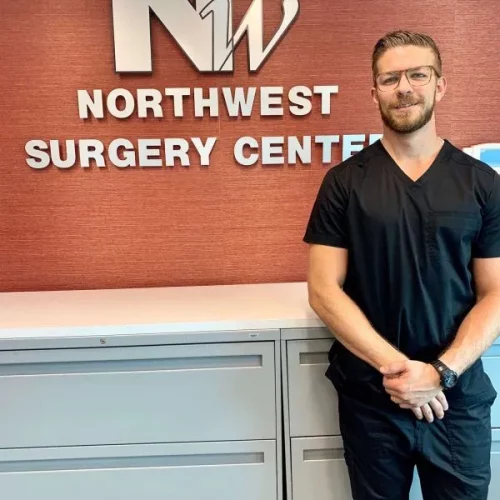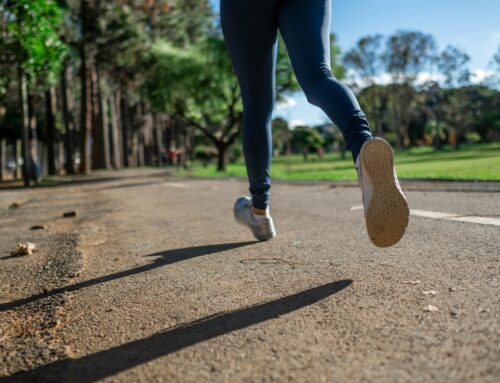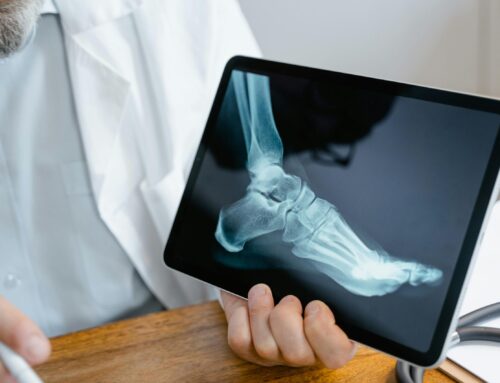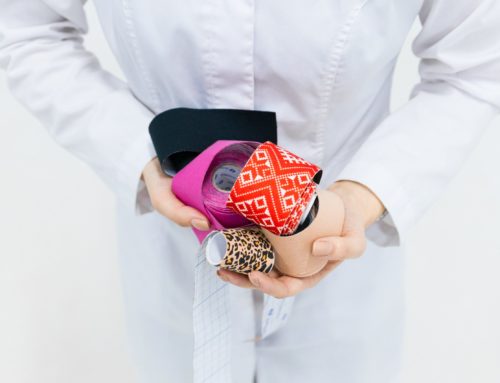Curled toes are a common foot problem that can cause discomfort, pain, and difficulty walking. If you’ve noticed your toes starting to curl under or bend in unusual ways, you’re not alone—curled toes affect millions of people and can impact your quality of life. Understanding the symptoms, causes, and available fixes for curled toes is the first step toward finding relief and getting back on your feet.
What Are Curled Toes?
Curled toes, also known as hammertoes, claw toes, or mallet toes, depending on the specific joint affected, occur when one or more toes bend abnormally at the joints. This condition can develop gradually and may be flexible at first, but over time, the toes can become rigid and more difficult to straighten.
Symptoms of Curled Toes
Common symptoms of curled toes include:
- Toes that bend downward or under
- Pain or discomfort, especially when wearing shoes
- Corns or calluses on the tops or tips of the toes
- Redness, swelling, or irritation
- Difficulty moving the affected toes
According to Healthline, hammertoes and related conditions are among the most frequent foot problems, especially in women who wear tight or high-heeled shoes.
What Causes Curled Toes?
There are several factors that can contribute to the development of curled toes:
- Genetics: Some people inherit a tendency for foot structure issues.
- Footwear: Shoes that are too tight, narrow, or high-heeled can force toes into a curled position.
- Injury: Trauma to the foot or toe can lead to abnormal bending.
- Medical conditions: Diabetes, arthritis, and nerve disorders can increase the risk.
- Muscle imbalance: Weakness or imbalance in the muscles and tendons of the foot.
- Bunions: The joint deformity of a bunion crowds the other toes, making them lie in unnatural positions.
One study found that up to 60% of older adults experience some form of toe deformity, with curled toes being especially common.
How Are Curled Toes Treated?
Treatment for curled toes depends on the severity and underlying cause. Options include:
Non-Surgical Fixes
- Wearing shoes with a wide toe box and low heels
- Using cushioned pads or orthotic inserts
- Stretching and strengthening exercises for the toes and feet
- Taping or splinting the affected toes
- Managing underlying conditions like diabetes or arthritis
When to Consider Surgery
If non-surgical treatments don’t provide relief, or if the toes become rigid and painful, surgery may be recommended. At The Bunion Cure, we specialize in minimally invasive foot surgery for conditions like curled toes, bunions, and heel spurs. Our advanced techniques allow most patients to walk out of surgery the same day, with minimal pain and no large scars. Learn more about our minimally invasive approach.
Prevention Tips
To help prevent curled toes:
- Choose comfortable, supportive footwear
- Avoid high heels and narrow shoes
- Perform regular foot stretches and exercises
- Address foot pain or injuries promptly
Why Choose The Bunion Cure?
With hundreds of 5-star reviews and a team led by a pioneer in minimally invasive foot surgery, The Bunion Cure in Littleton, CO, offers a faster, safer alternative to traditional surgery. Our patients return to normal activities in weeks, not months, and enjoy life-changing results. Read more about our patient testimonials.
Ready to Fix Your Curled Toes?
If you’re struggling with curled toes or other foot problems, don’t wait. Book a free consultation with The Bunion Cure today and take the first step toward pain-free feet.

Reviewed By Dr. Sullivan
Dr. Jordan Sullivan, DPM, is a board-certified podiatrist at Northwest Surgery Center specializing in minimally invasive foot and ankle procedures. He’s passionate about helping patients get back on their feet faster with less downtime.
Learn more about Dr. Sullivan here.




